How To Catch, Clean, And Cook Spider Crabs [VIDEO]
- By: Joseph Simonds
- on
- Found In: Fish Recipes
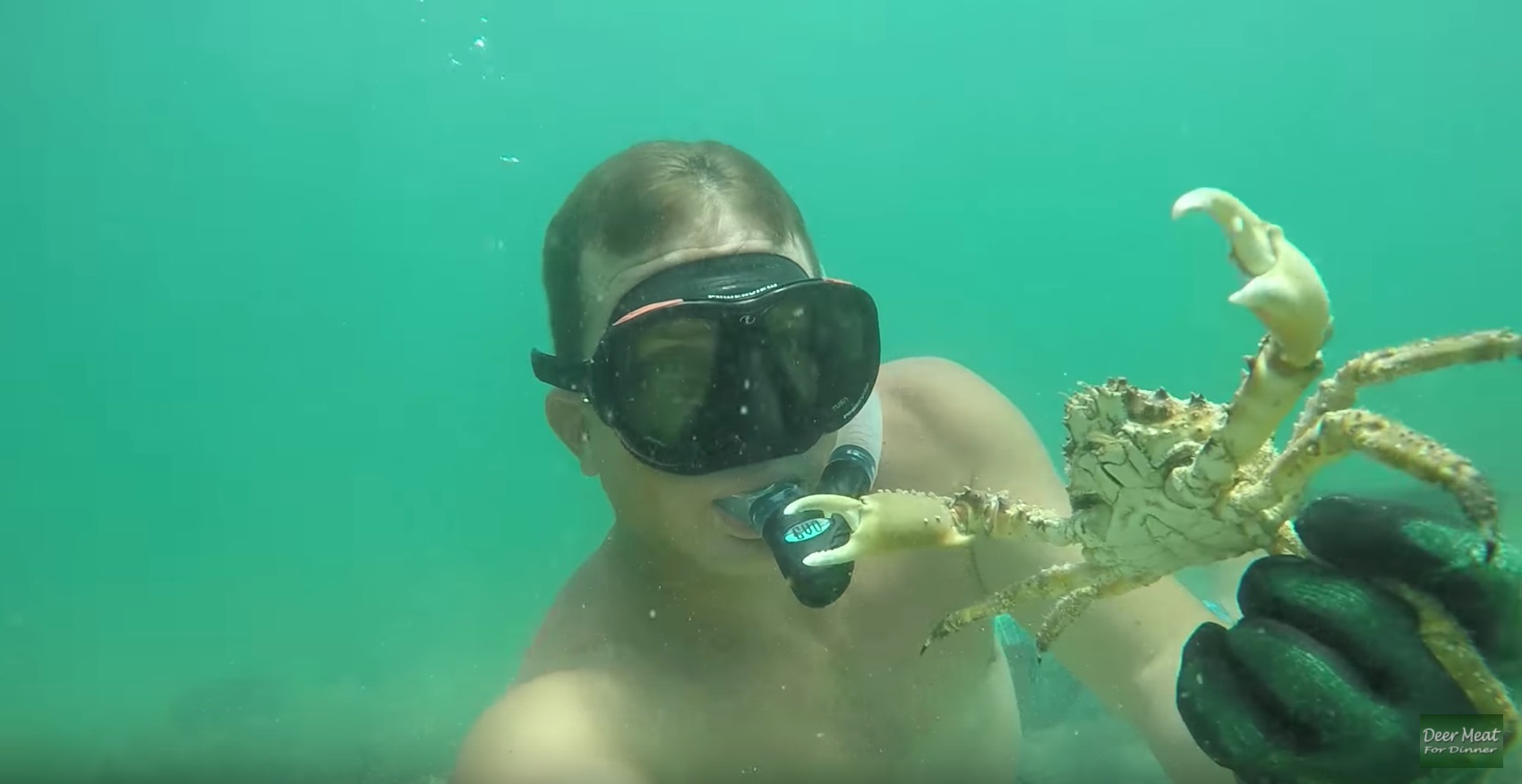
“Spider crabs taste just like stone crabs, only sweeter…”
Multiple people have uttered this wild statement above regarding how good spider crabs taste (and yes, they said it sober).
Considering that it is likely true, I have passed up on a LOT of delicious meals in the past…
I’m sure that if you have ever been lobstering in Florida then you have come across these spider crabs before.
In some areas, they are everywhere!
Who knew they were so tasty.
Check out the amazing spider crab experience that our friends over at Deer Meat For Dinner had this year and then scroll below to see how to cook spider crabs along with bag limits.
Who would have thought that catching these ugly looking crabs would be so easy and tasty?
The coolest part is that the entire family can enjoy.
We just always recommend looking closely under rocks before shoving your hand in a hole… you just never know what else might be hiding under there with the crabs…
How To Clean & Cook Spider Crabs
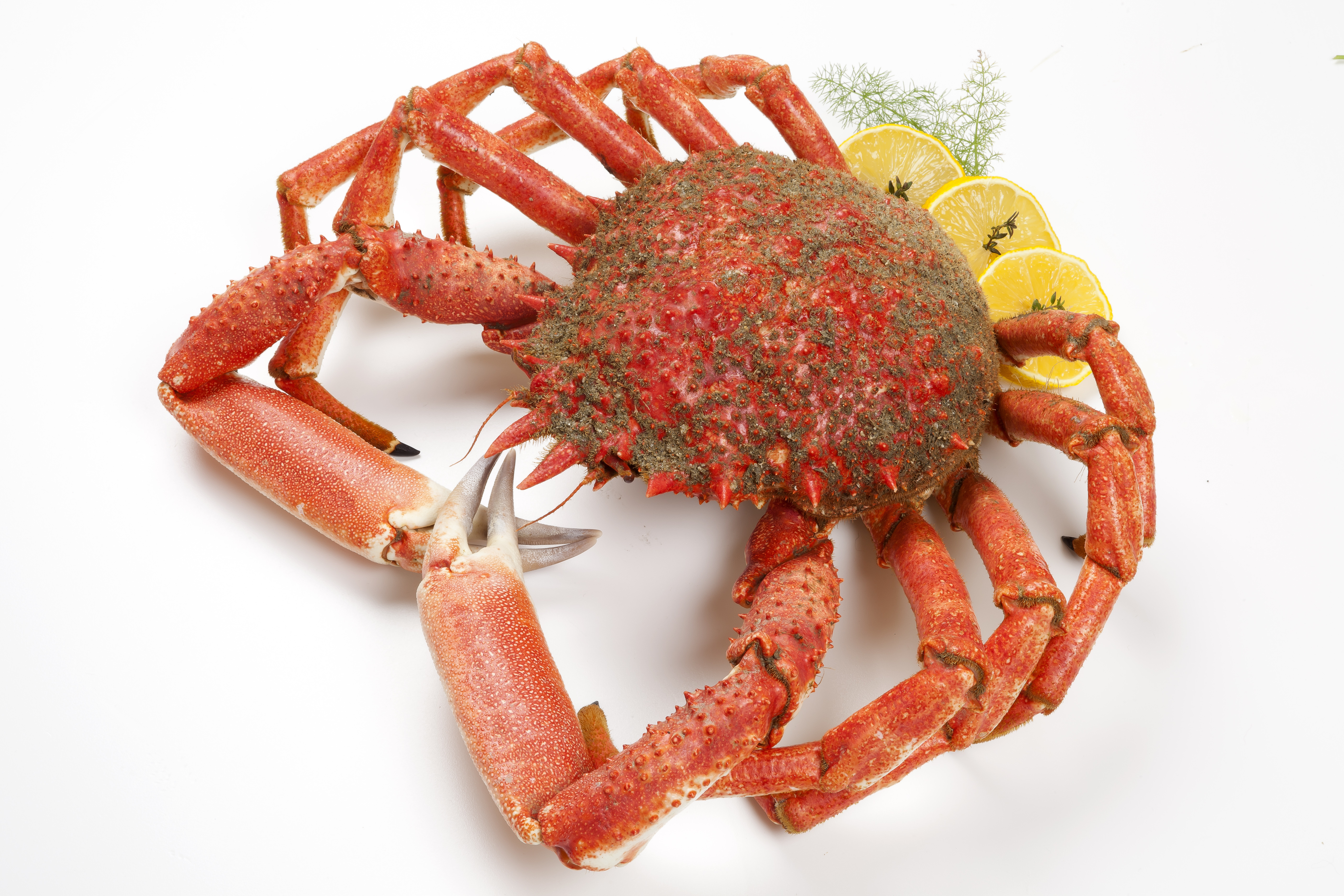
The easiest way to clean fresh spider crabs is to do the following:
- Put the spider crabs in ice to demobilize them while also keeping the meat fresh
- Break off and detach their top shell
- Remove any other pieces of the shell or parts that don’t contain any meat
Cooking Spider Crabs
Cooking spider crabs is very similar to boiling blue crabs and/or stone crab claws.
Simple as boiling water, seasoning, salt, and a little vinegar.
As you can see in the video above, all our friends from Deer Meat For Dinner use are:
- Big pot to boil water
- Boiling water
- Salt
- Everglades Seasoning
- Vinegar (a couple teaspoons to tenderize the meat)
- Garlic butter
- Something to crack the crab claws with
- Cook for approximately 12 minutes
- Allow to cool (can even throw in the freezer for a few minutes to tighten up the meat even more)
- Enjoy
Spider Crab Limits (Florida Spider Crab Rules)
According to the FWC website:
Spider crabs are categorized under Decorator (Furcate Spider) Crabs (Stenocionops furcatus).
Here are the bag limits for spider crabs (in conjunction with numerous other marine life invertebrates that all get lumped into the same limits):
Combined bag limit of 20 marine life fish and invertebrates per person per day, only 5 of any one species allowed. A 2-day possession limit also applies (40 total organisms, only 10 of any one species).
So if you target spider crabs, the most you can harvest is 5 spider crabs per person, per day.
Conclusion
Spider crabs are not just edible, they are delicious.
And the great news is that they are plentiful, easy to catch, and very easy to cook.
Have you ever tried spider crabs?
Do you have any other spider crab recipes you like?
Let us know in the comments. We’d love to hear from you.
Big thanks to our friend Robert and his family over at Deer Meat for Dinner for putting this together!
Related: The Best Ways To Cook Mahi Mahi [Top Recipes] (see them here now)
Related categories:
STOP WASTING TIME ON THE WATER!
Do what the “SMART ANGLERS” are doing and join the Insider Club.
Here’s what you’ll receive today when you join:
- Weekly fishing reports and TRENDS revealing exactly where you should fish every trip
- Weekly “spot dissection” videos that walk you through all the best spots in your area
- Exclusive fishing tips from the PROS you can’t find anywhere else
- Everything you need to start catching fish more consistently (regardless if you fish out of a boat, kayak, or land).



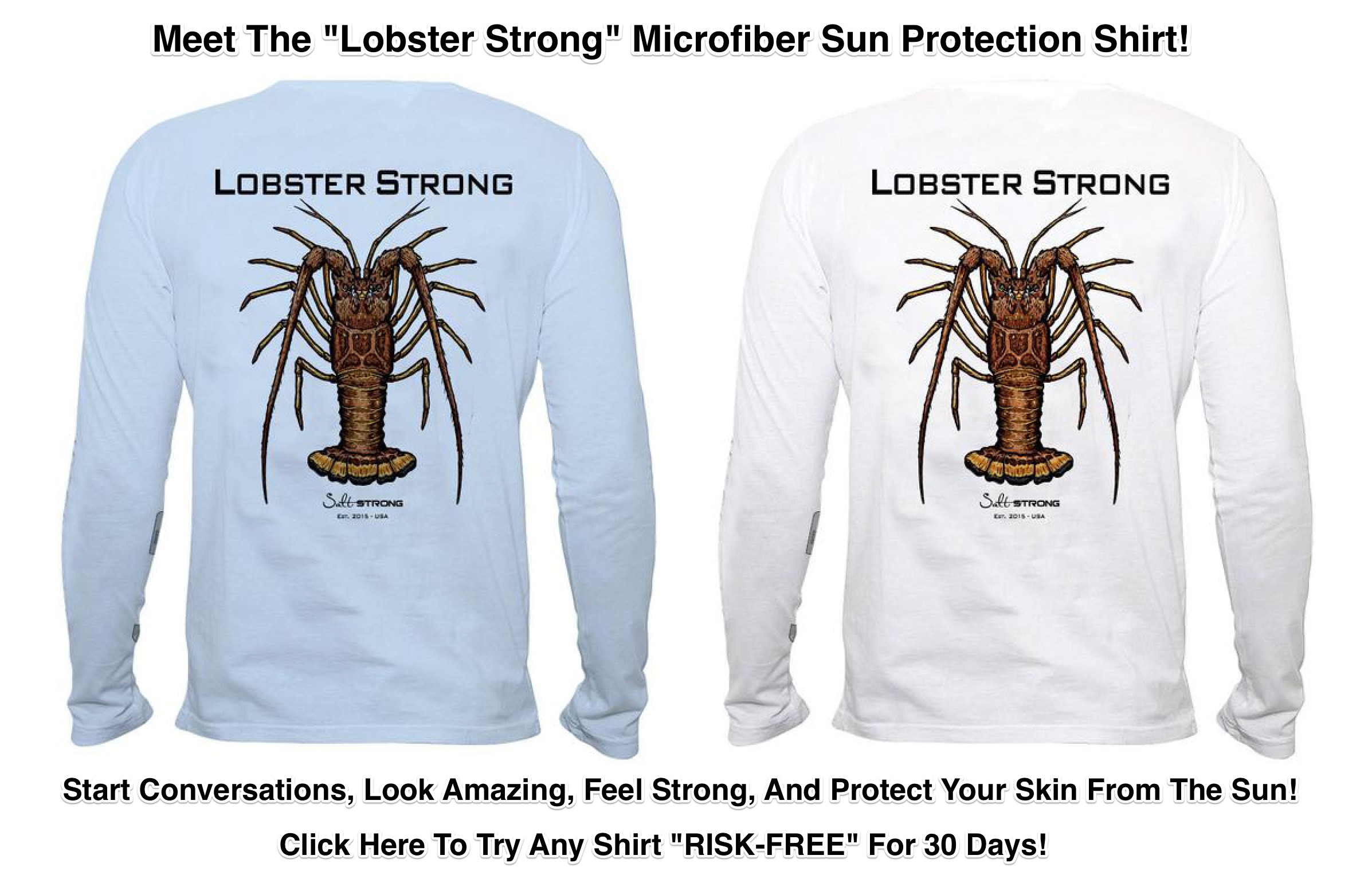

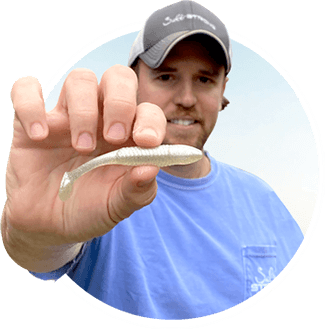
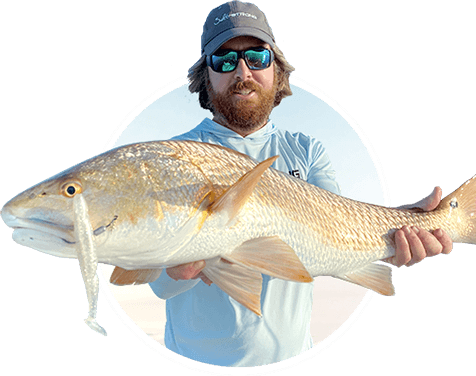
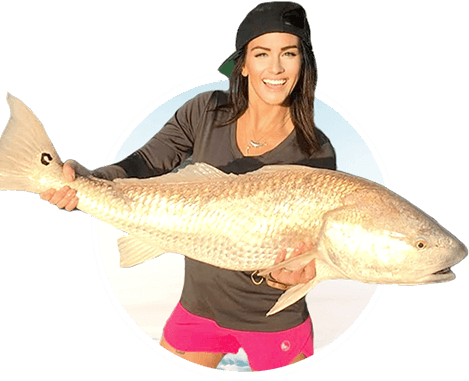
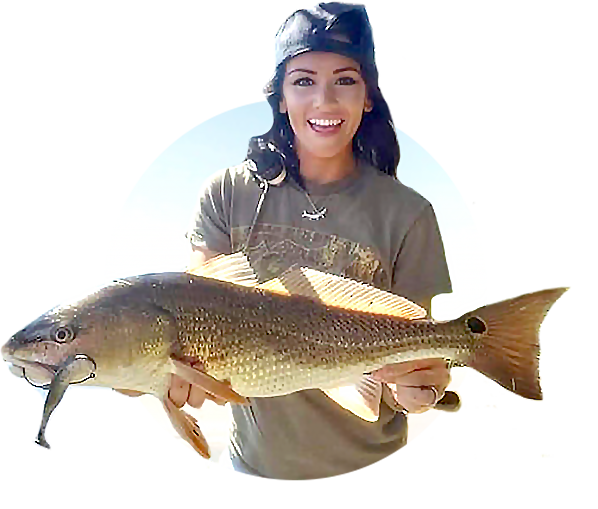
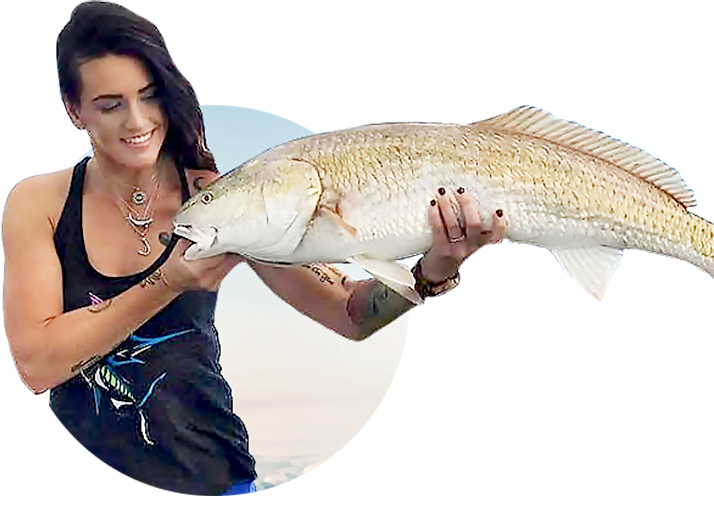

I think this article may confuse the common spider crab with the decorator crab. The decorator crab needs to be kept alive when harvested under the marine life regulations. Based on everything I can find, the common spider crab appears to be unregulated but I plan on calling fwc to confirm.
Sure totally plentiful 7 years ago
The Giant Spider Crabs (Leptomithrax gaimardii) that aggregate in Port Phillip, Victoria, Australia each May through June are not the same. There is very little meat and they taste terrible, so it’s not worth catching them.
That’s because they are moulting, so they have very little fat.